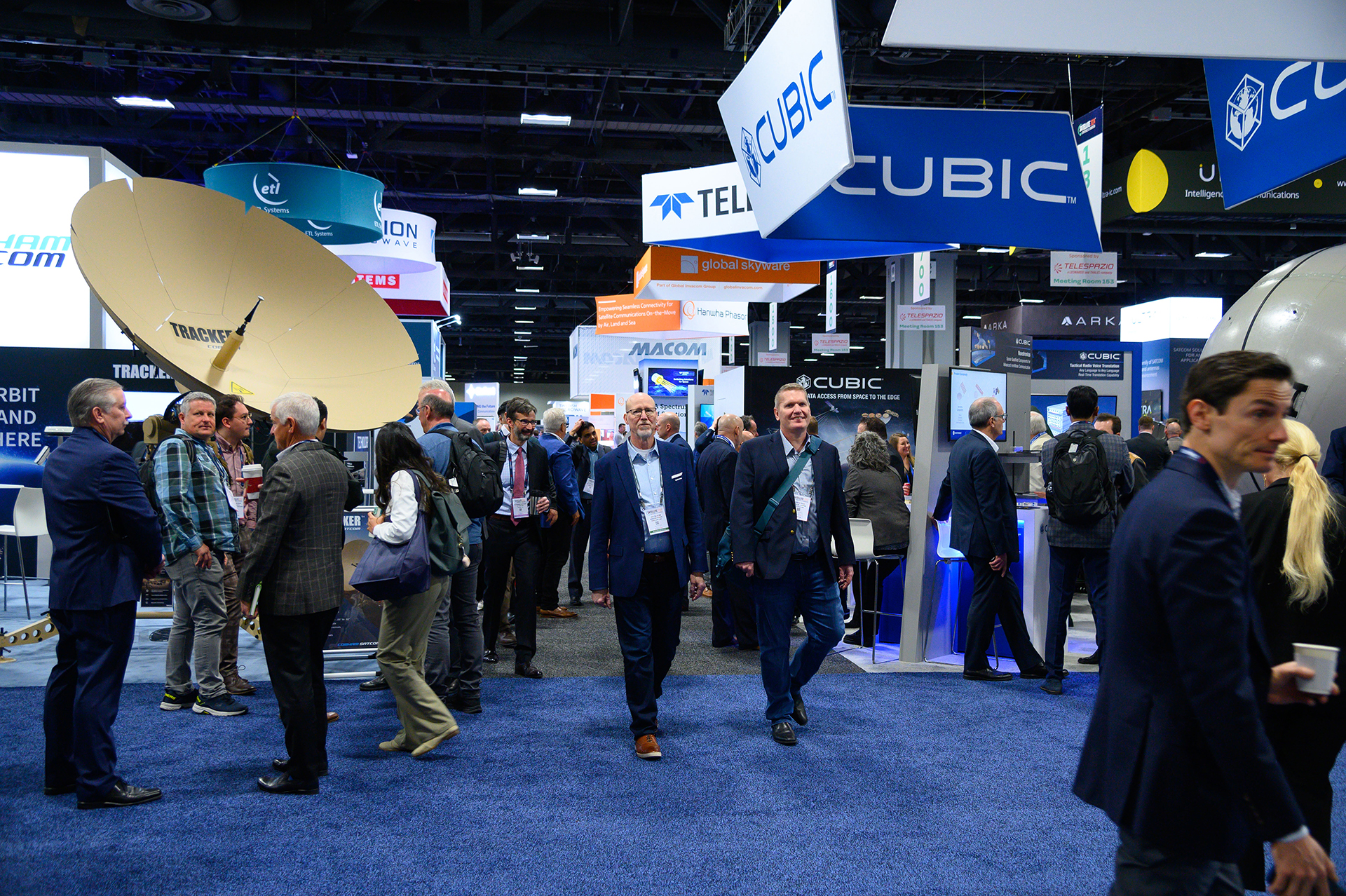Episode 44 of The Tech That Connects us saw Omae Qaise the Founder and CEO of OQ Technology join Laurie Scott and Tom Wilding to cover 5G, IoT, the evolution of M2M, Albert Einstein & Elon Musk.
In a moment of reflection, Omar was asked what can the connectivity industry and everything associated with being connected learn from its past? Here’s what he had to say.
“One of the biggest lessons learnt is that the model of developing your technology, your hardware and your own ecosystem from scratch which has often been the way with traditional satellite and communication business isn’t the right approach.
The problem is, there are still many new space companies and startups going in the same direction. This is a major difference when you look at the mobile telecommunication industry, they’ve been through that phase and nowadays there are standards, you have GSM, LTE or 5G and there are multiple operators, chip vendors, and hardware manufacturers who all follow a standard. You can connect sensors to phones, and phones to operators just by changing a sim card. Could you imagine if all operators used different sized and shaped sim cards?
That’s why the satellite industry is expensive. Connectivity specifically is down to the hardware. If we want to change this then we need to tap into the existing ecosystem that everyone understands and uses from North pole to South, from Australia to America to India. That is the mobile technology that our satellites can be used for as cell towers in the sky. Users can connect seamlessly, and they won’t know if they’re connected to a terrestrial network or a facility network. This is a first in the world because mobile chips they’re very cheap, and the connectivity is cheap and that’s because millions of engineering hours have been put into scaling that technology. There is already an ecosystem, with lots of participants and players.
If you compare a 4 or 5 dollar cellular chip with a satellite alternative, firstly each satellite operator have their own chips, which start at a few 100 dollars, not including a device! Now imagine if the 5 dollar cellular chip could do the same job as the satellite chip and the terrestrial chip, it’s not something that’s unheard of but it’s yet to be scaled.
This is really going to open up a lot of opportunities, allowing access for a lot of users and enable mobility between terrestrial and satellite technologies. That will then funnel into big data of massive machine communication, which is one of the biggest aspects of the 5G revolution.”
Every Wednesday we sit down with some of the biggest names in our industry, we dedicate our podcast to the stories of leaders in the technologies industries that bring us closer together. Follow the link here to see some of our latest episodes and don’t forget to subscribe.


